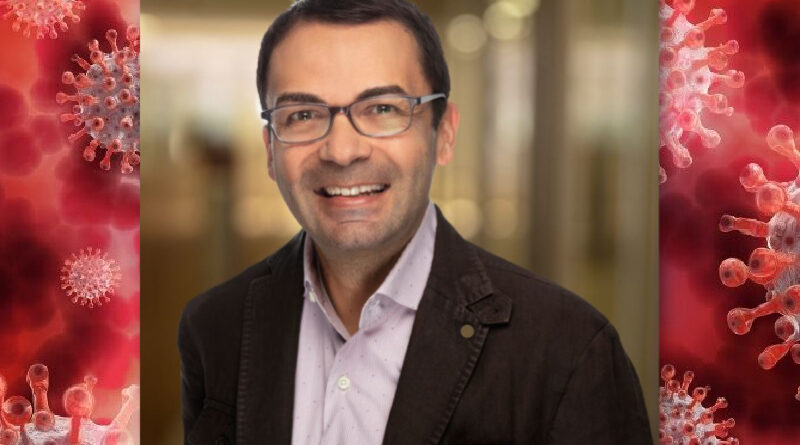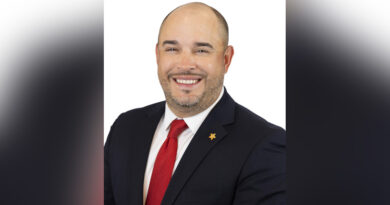Preston Hollow Dad Leads Parkland’s Data Collection Efforts for Dallas County
When you have a brand new virus with a brand new trajectory to map, compiling and analyzing data quickly becomes an important tool for public health officials.
But none of that mattered one Monday afternoon, as Steve Miff’s daughter waited patiently for him to finish an interview so they could play.
Miff, who is the President and CEO of Parkland Center for Clinical Innovation, has been busy overseeing the data efforts for the county – but he’s also a Preston Hollow dad tasked with entertaining a child during the age of social distancing.
“Are you almost done?” a little voice interjected.
It’s a siren call most parents can identify with thanks to a global pandemic. But when your job is an important part of the response to that pandemic, that delicate balance of work and home can become even more interesting.
Miff and his team use technology, data science, and clinical expertise to take a look at the behaviors and other social aspects of various groups, and create ways for healthcare providers to better treat and even prevent various illnesses.
Since the pandemic, the group has been focusing on the data collected related to that – including a vulnerability index that is providing information for officials to make short-term and long-term decisions about populations most at risk for either contracting the virus, or having complications from it.
“The analogy that we’ve used to think about COVID right now is forest fires, so to speak,” he explained. “We’re trying to identify what those vulnerabilities are, and see what communities are most vulnerable.”
Managing a fire and managing COVID-19 require similar strategies – there are short term concerns like locating and managing current outbreaks (or active fires) and long-term strategies – what kind of interventions could be done by public health officials to mitigate some of these vulnerabilities (or, in the case of managing a fire, insuring there are enough firehouses in the right places).
So the team at PCCI keeps an eye on trends, on upticks in cases in certain vulnerable populations – places with larger concentrations of elderly people, certain socio-economic groups, or people with certain complicating conditions like heart ailments or diabetes.
“Particularly if they start to see them in areas that are more vulnerable, you better do something quickly, you better deploy those firemen,” Miff said. “You better put that brush fire out because it’s not, are those areas that you have much higher risk for it to spread and spread in a way that people will experience symptoms.
“We’ve used that to guide the city, the County to say, ‘here are the vulnerable areas, here’s where they active cases are, here’s what testing sites currently exist. Where do we have gaps?’”
Long-term, the data compiled might also help the county and city determine how to better combat another looming event – flu season, where the same populations are often vulnerable to complications.
“We’re going to have to be vigilant and use this information because we’re going to concurrently need to manage COVID and influenza,” Miff said.









